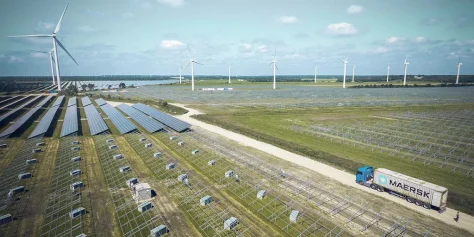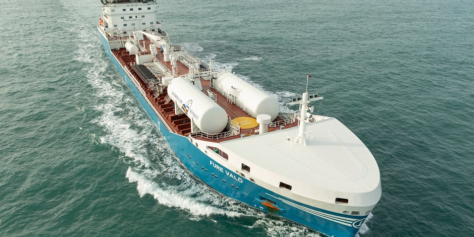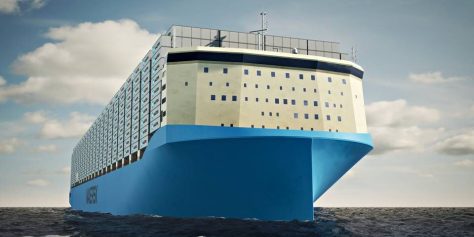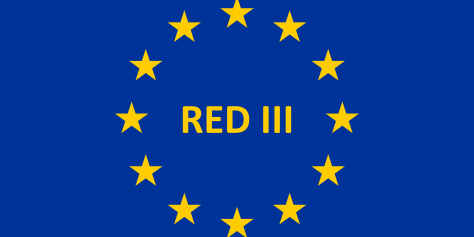Ambitious targets have been set for the entire AP Moller - Maersk company to achieve net-zero greenhouse gas emissions by 2040, a decade ahead of its initial 2050 ambition. The associated 2030 targets will ensure a world-leading green offering. the sector and a significant reduction in emissions already in this decade.
Furetank has achieved a 55% reduction in CO2 emissions compared to the previous generation of ships. The goal is to get to zero by running the vessels entirely on renewable liquid biogas, but currently the supply is not sufficient. Now the company offsets the rest of its impact by purchasing certified carbon credits, reaching zero in 2021
The Swiss company WinGD, developer of marine engine technology, has published a new white paper in which it sets out the steps that, in its opinion, will allow deep-sea navigation to be decarbonized in accordance with IMO provisions. The guide is intended to enlighten shipowners about options that can be taken with confidence today to drastically reduce emissions, rather than waiting for the emergence of "miracle" technologies.
The Maersk design is unique in the industry and enables energy efficiency per container transported to be improved by 20% compared to the industry average for ships of this size. In addition, the entire series is expected to save around one million tons of CO2 emissions per year, offering our customers carbon-neutral transport on maritime routes.
The alliance aims for Spanish industry to take advantage of the opportunities offered by the fight against climate change. The new collaborative platform aims to promote specific projects and bet on innovation and technology for the electrification of docks and ships. The objective of Net-Zero MAR is to position the Spanish maritime industry as a leader in reducing emissions in ports and in the use of alternative fuels to decarbonise maritime transport.
The current EU target of at least 32% of renewable energy by 2030, established in the Renewable Energy Directive (REDII), is not enough and should be increased to 38-40%, according to the Climate Objectives Plan (CTP). At the same time, new accompanying measures are required in different sectors in line with the integration of the energy system, hydrogen, offshore renewable energy and biodiversity strategies to achieve this increased goal.






